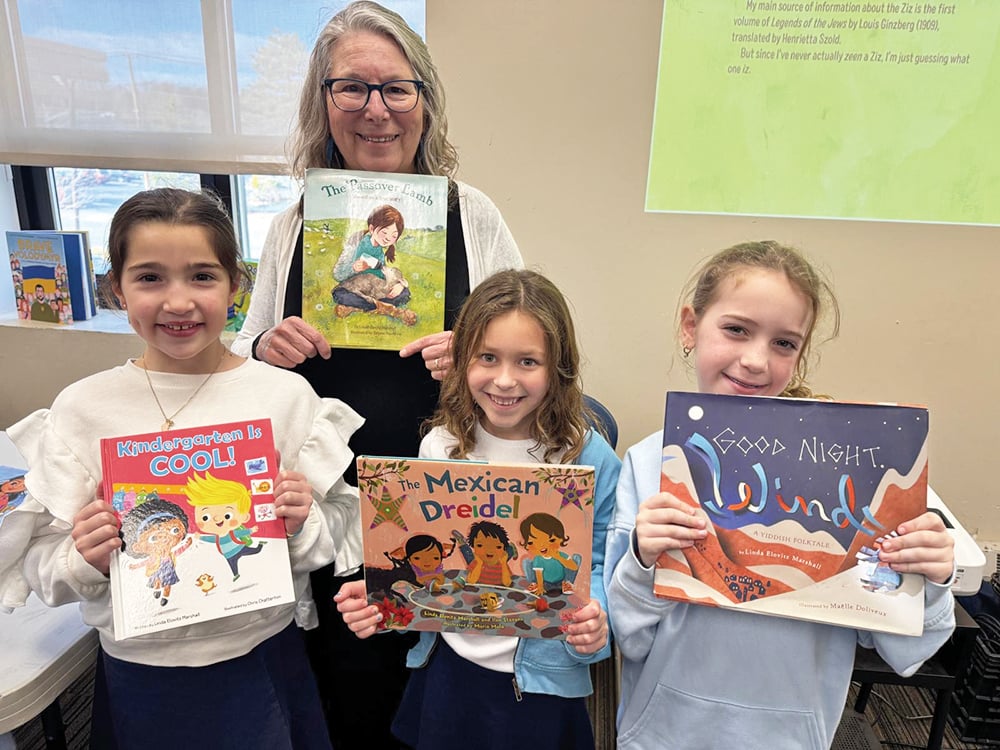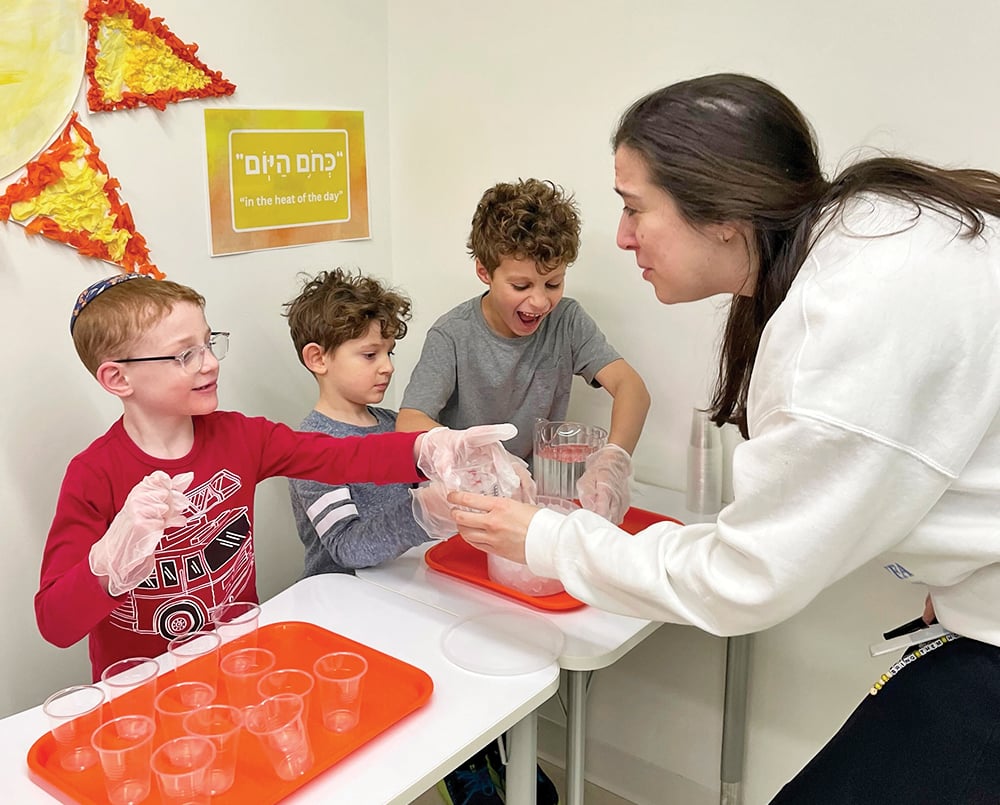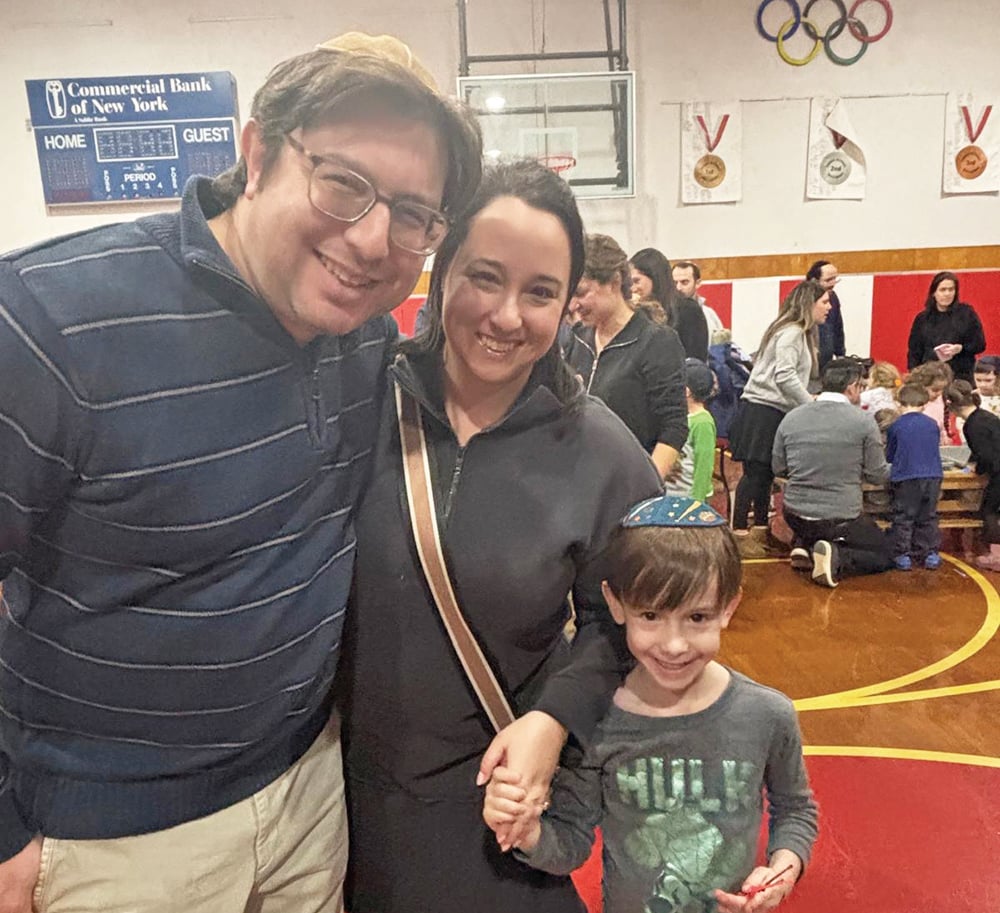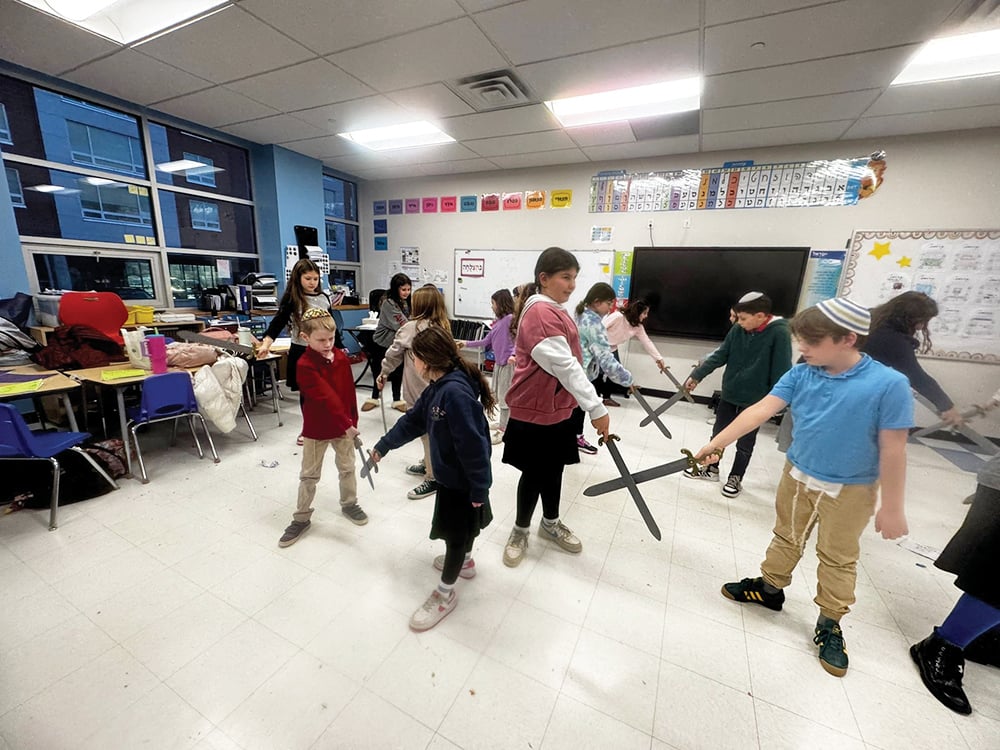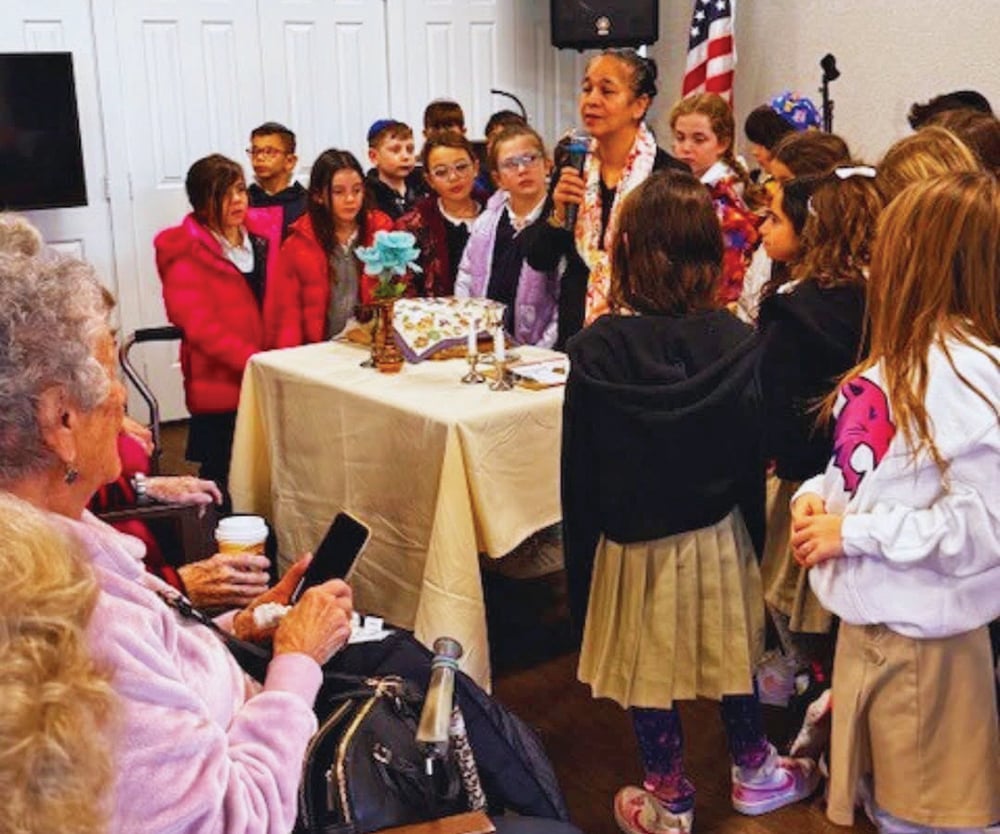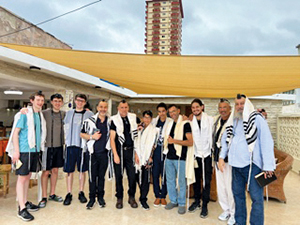
Ten seniors, two teachers, one socialist country: what could go wrong? From January 14 to 18, SAR High School Spanish language students visited Cuba to aid Cuban Jewry. While the plane took off early Sunday morning at around 5 a.m., the planning began months earlier. Students worked tirelessly to collect donations from their local communities, bringing in over 500 pounds of medication, toiletries and other essentials for Jewish Cubans. Sean Shteingart proudly exclaimed, “It was truly amazing to see how many people from my local community were excited to help. Amongst the many donations I picked up, many others were ordered directly to my house. After only two weeks of collecting donations, I had already filled my own luggage, so I began distributing the donations to my classmates to help transport the goods.” After all the preparation, the first day of the trip finally arrived, and the students traveled to Cuba.
Day two began with a lecture from former Cuban diplomat-turned-university professor Camilo Lopez-Trigo. He spoke about the struggles that the United States embargo has caused for the Cuban people, describing it as an “economic war against Cuba.” After the informational session, the students visited the Patronato (Beth Shalom), a Conservative Ashkenazi synagogue. While many of their members have emigrated, they still house a thriving Sunday School to educate hundreds of Jews about their religion. Beyond the Jewish education that the Patronato provides, they also run a pharmacy and food pantry, highlighting where the donations would be allocated and their impact on the community. Before they left, the students cleaned the steps of the main entrance so the synagogue could continue to sparkle. Noah Marks called it a “meaningful and rewarding act of chesed, and a great way to help Cuban Jewry.” Beyond the chesed that they did, the group also took the time to learn about Cuba’s rich history. They participated in a walking tour around Old Havana, taking in the neighborhood’s beauty and poverty. Samantha Feit described the tour as “…incredibly eye-opening and meaningful. Despite often living in terrible conditions, the people live joyfully and walk the streets with smiles on their faces…how admirable.”
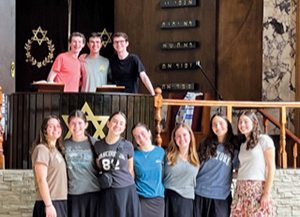
The third day began with indulging, yet again, in the delicious tropical fruits of the island. The second speaker, Marta Nuñez Sarmiento, a now retired but formerly esteemed professor of Sociology at the University of Havana, spoke to the group about gender roles in Cuban society. After her fascinating talk, students packed the bus, or la guagua, as it’s called in Cuba, with all of their “gifts” for the Jewish community. The first stop was at the local fruit market to pick up produce for the Jewish seniors. After hopping back on la guagua, they continued on to El Centro Hebreo Sefaradí de Cuba to converse and socialize with thirty Jewish seniors. They traded pieces of chocolate for hugs and kisses. Many of the students played games with them while others sat and talked about their lives. The students learned that most of their children have made Aliyah or left the country, and several have grandchildren currently serving in the IDF. “As we left, tears poured down my face. After only just learning that many of these individuals were my tía’s childhood friends, I was bespeckled with kisses from all of the women with the message, ‘One for you and one for your family,’” recounted Jason Kwalwasser, one of the trip’s organizers, whose family is Cuban. Afterward, they stopped at the Jewish cemetery, founded in the 20th century but still operating, where the group weeded and learned about influential members of the Cuban Jewish Community. The next activity was to learn traditional Israeli circle dance and Cuban salsa dance from Cuban Jewish teens. Honor Greenberg poignantly noted, “Even though we come from vastly different backgrounds, we connected with the Jewish Cuban teens over delicious food and a fun evening. Sharing our experiences in both Spanish and English helped bridge our cultural gap in a fun and meaningful way.” To end the night, the group went to El Cañonazo, a centuries-old Havanese ritual signifying the closure of Havana Bay for the night.
Day four began with an early morning wake-up because of a minyan for Rabino Drelich’s (an SAR Judaic Studies teacher who accompanied the group) mother’s yahrzeit. He describes the experience as “[being] filled with gratitude, especially that many of the participants for the minyan spent over an hour in a taxi in order to help make a minyan for someone they never met before.” After a quick visit to the Museo Nacional de Bellas Artes de la Habana, they loaded onto la guagua to see Muraleando. On the outskirts of Havana, their tour guide, Victor, explained how he and a couple other local artists cleaned up the local garbage dump to create a free museum and art center for children. Using trash found during the renovation, the artists made beautiful murals that extend beyond the walls of the building and into the surrounding streets. The most amazing part was that this was all volunteer work, as their only motivation was to help their communities. How can they leave Havana without riding in the cars from the 50’s? So, as their time in the country dwindled, they drove through the city in vintage American cars without seatbelts or a roof. The final night echoed the sounds of banging drums, shaking maracas and a performance of the iconic song, “Guantanamera.” The experience was so impactful that Sydney Fishkin realized, “I want to spend a year abroad in a Spanish speaking country to fully immerse myself in the culture.”

While they did not return with rum or cigars, the students’ perspectives have forever changed. Avielle Shiller explains, “When I spoke to our tour guide, Nubia, I was struck by her perspective on life. While she and many other Cubans live on a low monthly income, she still has a positive attitude and makes the most of everything she has. I now see and appreciate my own life so differently.” The students all expressed their gratitude that they were able to help Cuban Jewry.


